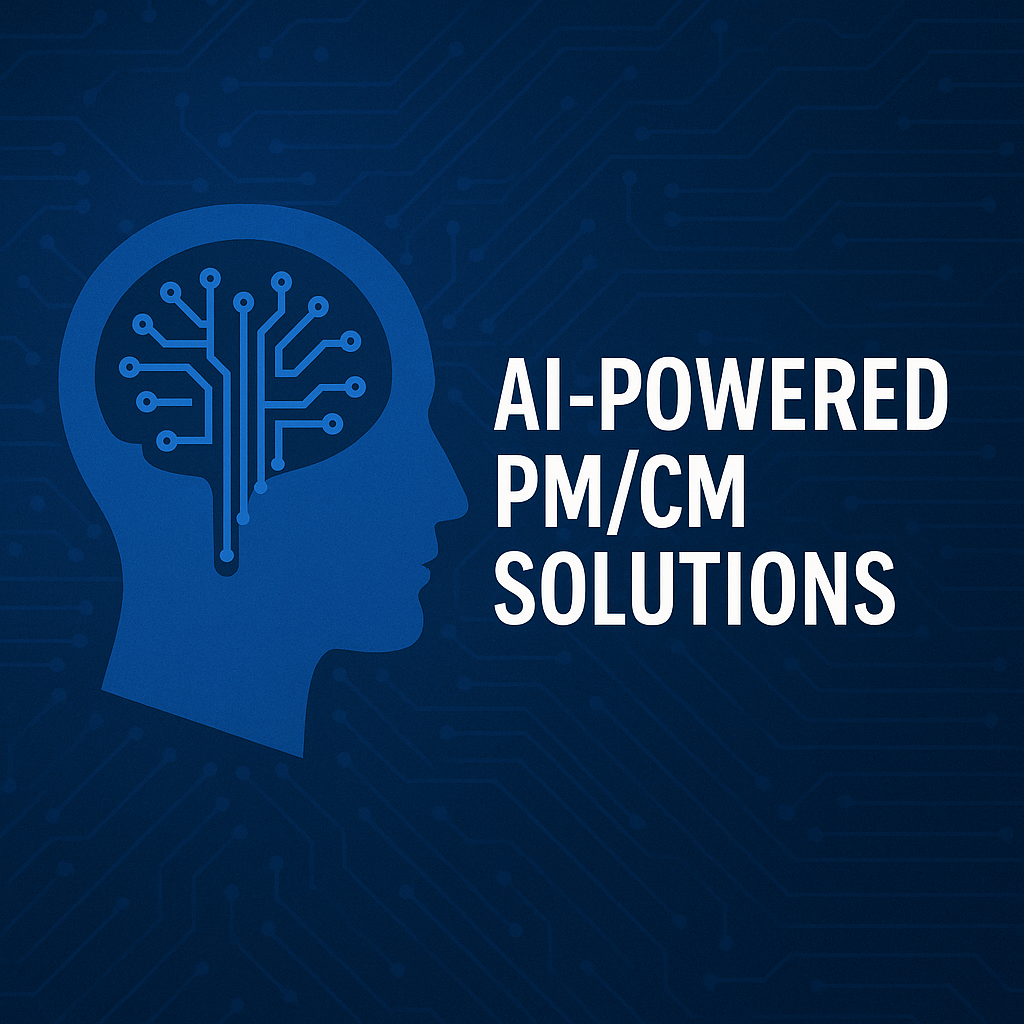
The construction industry has long been defined by physical spaces such as job sites, drawings, materials, and equipment. Today, an equally important frontier exists in the virtual environment. Through Building Information Modeling (BIM), Virtual Reality (VR), and Augmented Reality (AR), construction teams are not just managing projects in the field but building them first in the digital world.
From Blueprints to Digital Twins
Traditional 2D drawings are increasingly replaced by 3D models, often called digital twins. These virtual replicas allow project teams to visualize every element of a building before construction, identify clashes between mechanical, electrical, and structural systems, and simulate building performance under real-world conditions. The result is fewer surprises in the field, tighter budgets, and accelerated schedules.
Immersive Collaboration with VR
Virtual Reality transforms the design-review process. Instead of flipping through hundreds of pages of drawings, stakeholders can walk through the project virtually. Owners experience their building before it exists. Contractors visualize sequencing and site logistics. Architects and engineers resolve coordination issues in real time. By engaging all stakeholders early, VR reduces rework and increases owner confidence.
Augmented Reality in the Field
On the job site, Augmented Reality overlays digital information onto the physical environment. Using tablets or AR glasses, field crews can compare real-world installation against the design model, locate hidden elements such as rebar or conduits, and verify dimensions without relying solely on paper drawings. This creates a powerful feedback loop between the virtual and physical world, ensuring accuracy at every stage.
Training and Safety in Virtual Environments
Virtual environments are also reshaping workforce training and safety. New workers can practice equipment operation in a VR simulator. Crews can rehearse emergency scenarios without risk. Safety training becomes interactive, improving retention. As labor shortages continue, these tools help upskill workers more quickly and effectively.
Challenges Ahead
Despite the benefits, virtual construction faces hurdles. The cost of adoption remains high for VR hardware, AR devices, and BIM software. Teams must adapt to new workflows through training. Data integration is still evolving to ensure that models, schedules, and cost data connect seamlessly. These challenges are significant but are being addressed as the industry sees clear returns on investment.
The Future of Construction is Hybrid
The next era of construction will not separate the physical from the digital. Instead, it will combine them. By integrating virtual environments into daily workflows, teams move closer to a hybrid model where projects are tested, validated, and optimized in the virtual world before construction begins. For owners, this means better predictability and fewer surprises. For contractors, it means reduced risk. For the industry at large, it signals a move toward smarter, more connected construction practices.
Author: Terry Devlin
Program Director | Founder of AIPMCM



